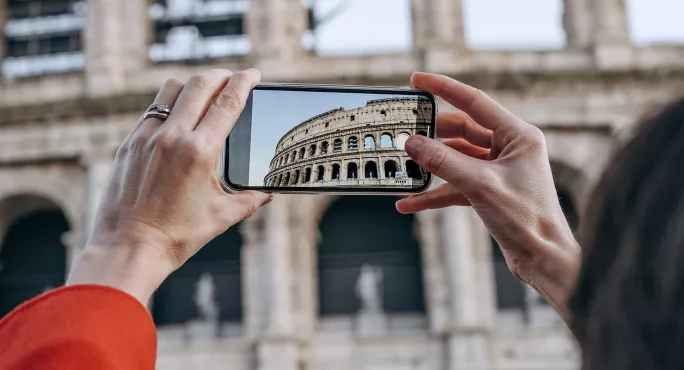The Royal Blind School in Edinburgh is working with vision-impairment experts from Germany, the Netherlands and Spain on a 3D-printing project. This is part of the future of vision impairment education, and we are at the forefront of this, and it is very exciting.
The project, which began in 2020 and is being called 3D4VIP, will create a database of 3D-printable objects specifically designed to help learners with vision impairment. This will be shared on a new website, which can be accessed by vision-impairment professionals across the world.
The 3D4VIP project focuses on the importance of touch and feel to a visually impaired (VI) learner and on how 3D printing can enhance the learning experience. We’ve come up with 25 objects that are specially designed for learners with vision impairment.
Being able to touch and feel a 3D model helps a VI learner to understand an object and fill in those conceptual gaps.
We have focused on objects that someone who has been blind from birth might never be able to touch - objects that are too large, too small, too dangerous or too fragile for someone to handle. For example, a micro-organism or a human cell is too small, a porcupine or a snake is too dangerous, and an object like a human body organ - a heart or a lung air sac - is too fragile to handle.
We need to make 3D learning for the vision impaired more accessible. At the moment you can get 3D-printed objects from various websites but none of them is specifically designed for learners with a VI. Our project has been tested and evaluated by VI learners and we have used their input to come up with objects deemed important to them.
The idea is that any vision-impairment professional can go to the website and use a 3D printer to print the object directly from there - they don’t have to do any designing because we’ve already done that work. All materials can be freely downloaded, printed and used immediately in the classroom. There may be commercial models available, but these models are often designed with the visual learner in mind and important information may not have been made tactile.
We have produced instructional videos explaining how to 3D print and why it can be so beneficial to learners with a VI. These will provide a wealth of advice and recommendations including instructions about using 3D printers, choice of materials and various considerations when creating 3D models for VI students. It also shows how to present a 3D-printed object to a VI learner: one hand should be at the base of the object as a reference point, while the other hand explores the object, which gives the learner dual feedback.
We really want to raise awareness about the educational benefits of using 3D models with VI and MDVI (multiple disabilities and vision impairment) learners. The website is aimed at mainstream teachers, VI teachers, parents - anyone who may have access to a 3D printer who may benefit from our expertise. The database has been designed primarily for children and young people, but we were also conscious not to exclude adults with a VI. For example, someone who may have visited the Colosseum in Rome or the Arc de Triomphe in Paris, but does not know what they look like, can use our database to print a 3D model, to experience and learn what shape such buildings have.
The European partners on the 3D4VIP project include two schools in Germany, a Dutch vision-impairment organisation and a Spanish vision-impairment organisation. The website of 3D-printable designs will be launched at the project’s final meeting in the Netherlands in June.
Lauren Lockhart is depute headteacher at the Royal Blind School in Edinburgh, and project lead for 3D4VIP




